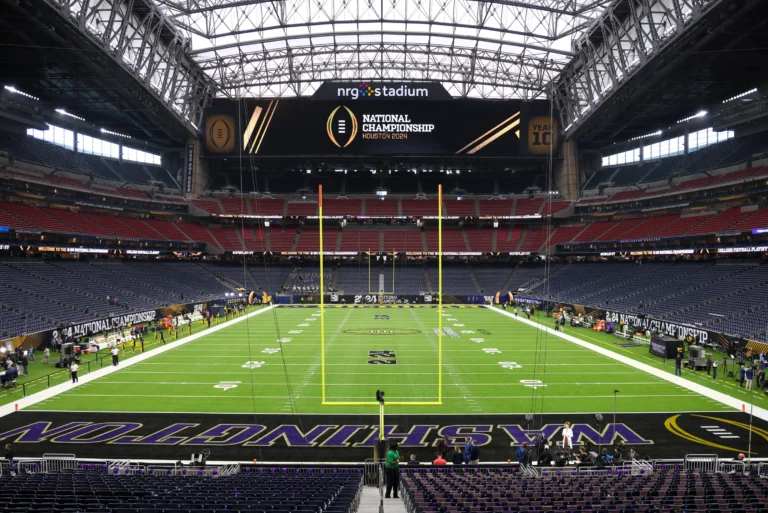Have you ever wondered how much money fuels the world of college athletics? Big-time games, packed stadiums, and roaring fans are just the tip of the iceberg. Behind every touchdown and buzzer-beater lies a complex financial ecosystem that powers the entire industry.
Key Points
- TV deals drive massive revenue.
- Donor contributions play a critical role.
- Athlete endorsements are reshaping the landscape.
- Conference realignment impacts financial growth.
- Facilities and recruitment are key investment areas.
The TV Deals That Changed the Game
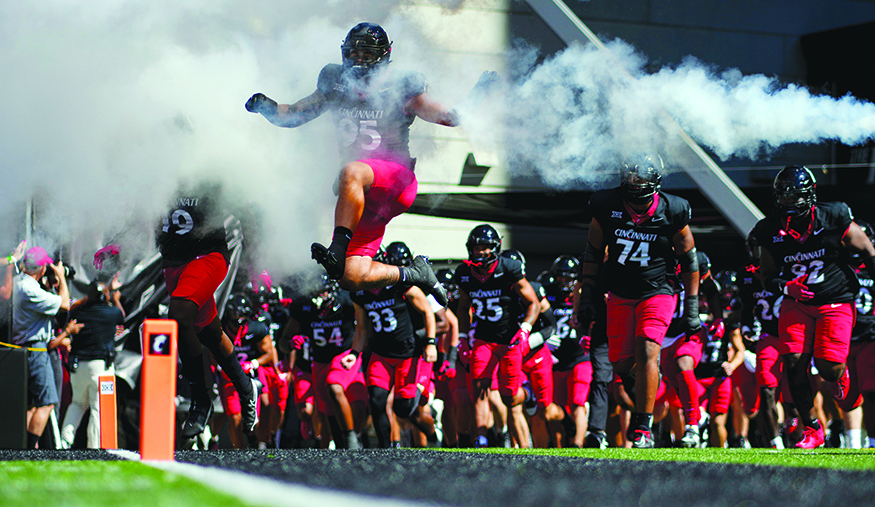
Television contracts are the crown jewels of revenue generation. Networks are willing to invest billions to secure exclusive rights to broadcast games, transforming athletic programs into media powerhouses. Multi-billion dollar deals with ESPN, Fox, and CBS have turned weekend matchups into nationally televised spectacles.
The exposure gained from these broadcasts not only boosts revenue but also enhances the recruitment process. High school athletes are more likely to commit to programs that regularly feature on prime-time television. Additionally, streaming services like ESPN+ and Peacock have expanded the audience, creating new income channels beyond traditional cable networks.
The Power of Donations
Money talks, and nowhere is that clearer than in college athletics. SMU Athletics recently shattered expectations by surpassing its ambitious $125 million goal for the ACC Competitiveness Campaign. A big shoutout goes to Matthew H. Fleeger, whose $2 million contribution played a pivotal role. His donation helped fund the Weber End Zone Complex and closed the final gap needed to hit the campaign’s target.
This achievement isn’t just about numbers. It’s about how strategic funding can elevate a program’s status, attract top talent, and secure a competitive edge. Alumni support, like Fleeger’s, showcases how personal investments can reshape the future of a team. Donations are more than financial boosts; they are statements of belief in a program’s potential. They create opportunities for student-athletes, improve facilities, and build legacies.
Athlete Endorsements and NIL: A Financial Revolution
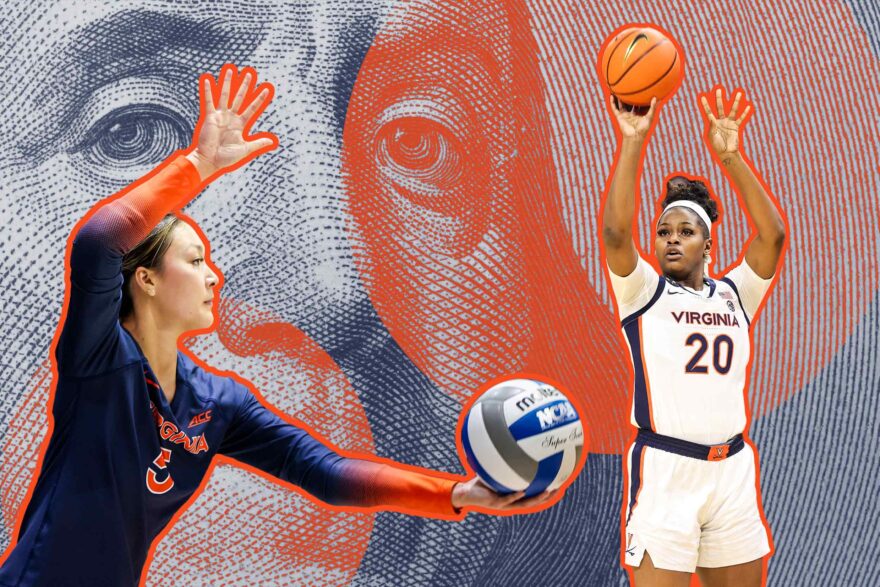
The introduction of Name, Image, and Likeness (NIL) rights has flipped the script on athlete compensation. For years, student-athletes generated millions in revenue without direct financial benefits. Now, the NIL era allows them to profit from personal endorsements, sponsorships, and social media influence.
- Personal Sponsorships: Athletes partner with brands, securing deals that align with their image.
- Social Media Influence: Platforms like Instagram and TikTok provide lucrative opportunities through paid posts.
- Local Partnerships: Businesses tap into regional fan loyalty, creating authentic athlete-brand collaborations.
This revolution has created a more dynamic sports economy. Athletes are now entrepreneurs, managing personal brands alongside athletic commitments. The ripple effect extends to recruitment, with NIL potential becoming a key factor in a prospect’s decision-making process.
Conference Realignment: A Money-Driven Shuffle
Why do schools jump conferences? The answer often boils down to one word: revenue. Conference realignment is more than geographical reshuffling; it’s a strategic move driven by financial opportunities.
Bigger TV deals, enhanced exposure, and competitive advantages attract schools to new conferences. Programs like SMU transitioning to the ACC highlight how aligning with financially robust conferences can elevate a school’s athletic profile. Realignment can also reduce or increase travel expenses, impacting budgets significantly. The financial benefits often outweigh traditional rivalries or regional ties.
Facilities and Recruitment: The Arms Race
Modern training facilities aren’t just for show; they’re recruitment magnets. State-of-the-art gyms, luxury player lounges, advanced recovery centers, and high-tech film rooms create an environment where athletes can thrive.
Investments in facilities are strategic. They signal a program’s commitment to excellence, attracting both top-tier talent and coaching staff. The competitive edge gained from superior training environments translates directly to performance on the field. Additionally, upgraded stadiums enhance fan experience, driving ticket sales and boosting game-day revenue.
The Role of Merchandising and Ticket Sales
Merchandising and ticket sales are critical revenue streams, often underestimated in discussions about athletic program funding. Beyond TV and donations, these avenues provide consistent income that supports day-to-day operations.
- Season Tickets: Offer steady, predictable revenue.
- Merchandise: Jerseys, hats, and memorabilia connect fans to their favorite teams.
- Dynamic Pricing: Ticket costs fluctuate based on demand, maximizing profits.
Home games become mini-economies, benefiting not only the athletic department but also local businesses through increased foot traffic and tourism.
Coaching Contracts and Buyouts
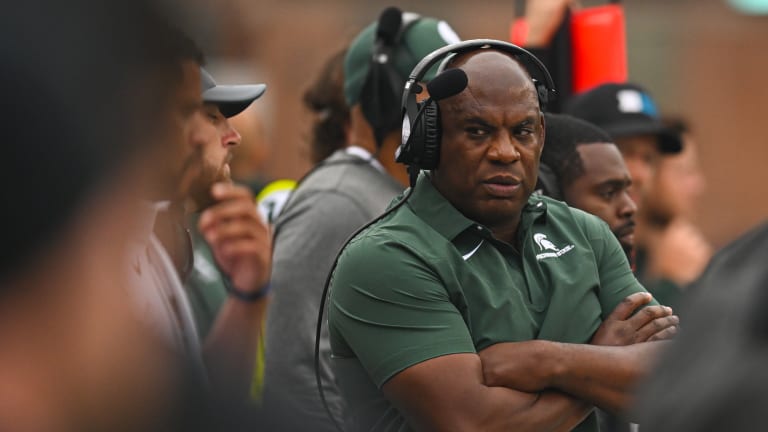
Big-name coaches come with hefty price tags. Coaching contracts are often multi-million dollar deals, reflecting the high stakes involved in maintaining competitive programs.
These contracts include performance-based incentives for achievements like bowl appearances and championships. When programs seek changes, buyouts can cost millions, adding another layer to budget considerations. Despite the costs, investing in top-tier coaching talent is often seen as essential for sustained success.
Sponsorships and Corporate Partnerships
Brands love the exposure that comes with college athletics. Sponsorship deals and corporate partnerships provide substantial financial support, often in exchange for branding opportunities within stadiums and during broadcasts.
- Stadium Naming Rights: Companies invest heavily to have their names associated with iconic venues.
- Exclusive Deals: Apparel giants like Nike and Adidas secure contracts to outfit entire programs.
- Event Sponsorships: Tournaments and bowl games often carry corporate names, adding to the revenue mix.
These partnerships are mutually beneficial, providing financial resources for athletic programs and marketing value for corporations.
The Hidden Costs: Compliance, Travel, and Scholarships

Running an athletic program isn’t cheap. Beyond visible expenses like facilities and coaching salaries, there are hidden costs that keep the system running smoothly.
- Compliance Staff: Ensuring adherence to NCAA regulations requires dedicated personnel and resources.
- Travel Budgets: Teams travel extensively for competitions, with costs covering flights, hotels, and meals.
- Scholarships: Full-ride scholarships, housing, and stipends for student-athletes represent significant financial commitments.
These expenses are essential for maintaining the integrity and competitiveness of athletic programs.
The Ripple Effect on Universities
Athletics can boost a university’s entire ecosystem. Successful programs often lead to increased enrollment, higher alumni engagement, and greater brand recognition.
- Enrollment Increases: Winning teams attract more applicants, enhancing the university’s academic profile.
- Alumni Engagement: Sports success fosters a sense of pride, leading to increased donations.
- Brand Recognition: High-profile teams put universities in the national spotlight, attracting attention beyond the sports world.
The Impact of Social Media on Fan Engagement
Social media has transformed how fans connect with their favorite teams and athletes. Platforms like Twitter, Instagram, and TikTok offer real-time updates, behind-the-scenes content, and interactive experiences.
- Enhanced Fan Interaction: Live Q&A sessions, player takeovers, and exclusive content foster stronger connections.
- Monetization Opportunities: Sponsored posts and partnerships with influencers create new revenue streams.
- Recruitment Tool: Athletes showcase their skills, personalities, and achievements, attracting attention from coaches and fans alike.
Social media isn’t just a communication tool; it’s a dynamic platform for engagement and revenue generation.
The Role of Data Analytics in Athletic Success
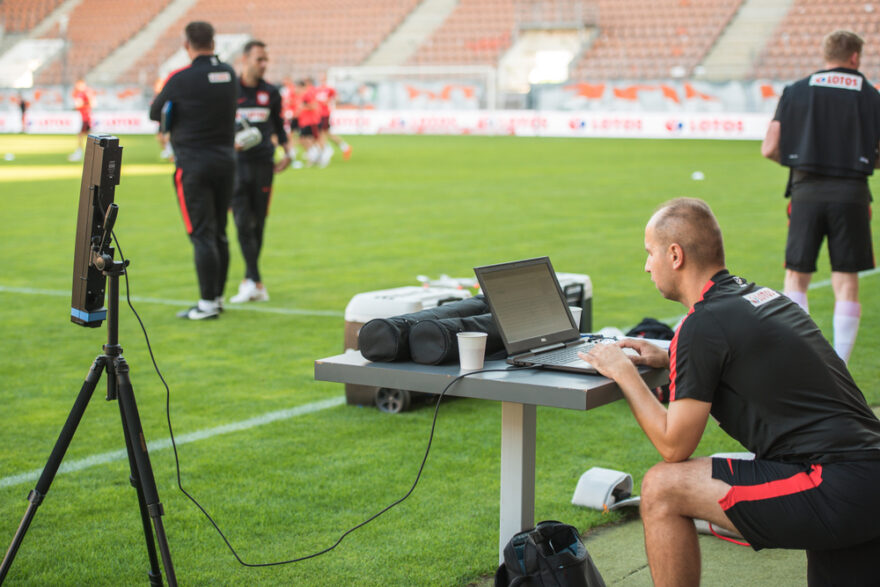
Data analytics has become a game-changer in sports strategy and management. Programs invest in analytics to gain competitive advantages on and off the field.
- Performance Metrics: Track player stats, injury risks, and game strategies for optimal performance.
- Fan Insights: Analyze ticket sales, merchandise trends, and social media interactions to enhance marketing strategies.
- Financial Efficiency: Use data to optimize budgets, sponsorship deals, and resource allocation.
Analytics-driven decisions lead to smarter investments and improved athletic outcomes.
Conclusion
The financial engine behind college athletics is complex, ever-evolving, and undeniably powerful. TV deals, donor contributions, athlete endorsements, and strategic investments shape not just athletic departments but entire universities. As the landscape continues to shift, one thing remains clear: success isn’t just measured in wins and losses but in dollars and cents too.

